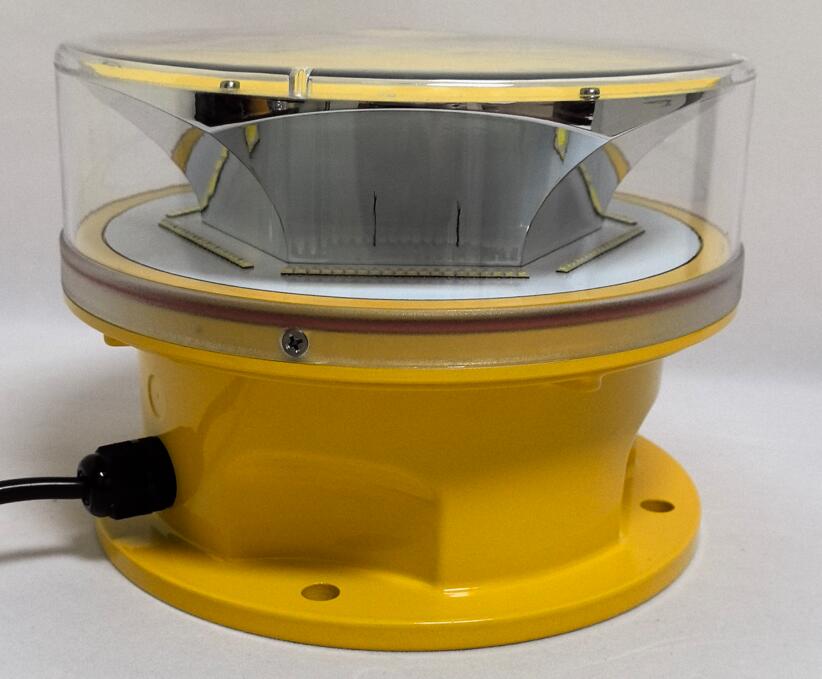Aviation Warning Lights on Buildings: Ensuring Safety in the Skies
As cities grow taller, the skyline becomes crowded with skyscrapers, communication towers, and other high-rise structures. To prevent collisions and ensure safe air travel, aviation warning lights on buildings play a crucial role. These lights are not just a regulatory requirement—they are a vital component of aerial safety.
Why Are Aviation Warning Lights Necessary?
Pilots rely on visual and electronic navigation aids to avoid obstacles, especially at night or in poor weather conditions. Aviation warning lights on buildings serve as a visual alert, marking tall structures that could pose a hazard to low-flying aircraft, such as helicopters, small planes, and drones.
Key reasons for their importance include:
Preventing Mid-Air Collisions – Without proper lighting, tall buildings and towers could blend into the night sky, increasing the risk of accidents.
Regulatory Compliance – Aviation authorities, such as the FAA (Federal Aviation Administration) and ICAO (International Civil Aviation Organization), mandate the use of warning lights on structures above certain heights.

Enhancing Pilot Awareness – Consistent lighting patterns help pilots identify obstacles and adjust their flight paths accordingly.
Types of Aviation Warning Lights
Not all warning lights are the same. Different structures require different lighting systems based on height, location, and purpose. The most common types include:
1. Red Obstruction Lights
Used for structures under 200 feet (61 meters).
| aviation warning lights on buildings |
Emit a steady or flashing red glow.
Often seen on rooftops, cranes, and telecommunication towers.
2. White Strobe Lights
Typically installed on structures taller than 200 feet.
Produce high-intensity flashes visible from long distances.
Commonly used on skyscrapers and wind turbines.
3. Dual Lighting Systems
Combine red and white lights for maximum visibility.
Used in areas with heavy air traffic or near airports.
4. Medium-Intensity Lights
A balance between red beacons and white strobes.
Suitable for structures between 150-500 feet (45-150 meters).
Installation and Maintenance Guidelines
Proper installation and upkeep of aviation warning lights on buildings are essential for reliability. Key considerations include:
Placement – Lights must be positioned at the highest points of a structure and spaced evenly to ensure full visibility.
Power Supply – Backup power sources (like batteries or generators) are often required to keep lights operational during outages.
Regular Inspections – Burnt-out bulbs, damaged wiring, or weather-related wear must be addressed promptly to maintain compliance.
Automated Monitoring – Some modern systems include remote diagnostics to alert maintenance crews of failures.
Challenges and Innovations
While aviation warning lights on buildings are highly effective, they are not without challenges:
| aviation warning lights on building |
Light Pollution Concerns – Bright strobes can disturb residents in urban areas. Newer LED systems with adjustable intensity help mitigate this issue.
Wildlife Impact – Some studies suggest that certain light frequencies may disorient birds. Research into bird-friendly lighting is ongoing.
Energy Efficiency – Traditional incandescent lights are being replaced with long-lasting, low-power LEDs.
Emerging technologies, such as synchronized lighting systems and smart sensors, are improving efficiency and reducing maintenance costs.
Aviation warning lights on buildings are a small but critical element in global air safety. By marking potential hazards, they help pilots navigate safely, reduce collision risks, and ensure compliance with aviation regulations. As urban landscapes continue to expand, advancements in lighting technology will further enhance their effectiveness while minimizing environmental impact.
Whether you're a building owner, pilot, or city planner, understanding the role of these lights ensures safer skies for everyone. Always adhere to local aviation guidelines and invest in reliable, well-maintained warning systems to protect both people and property.
